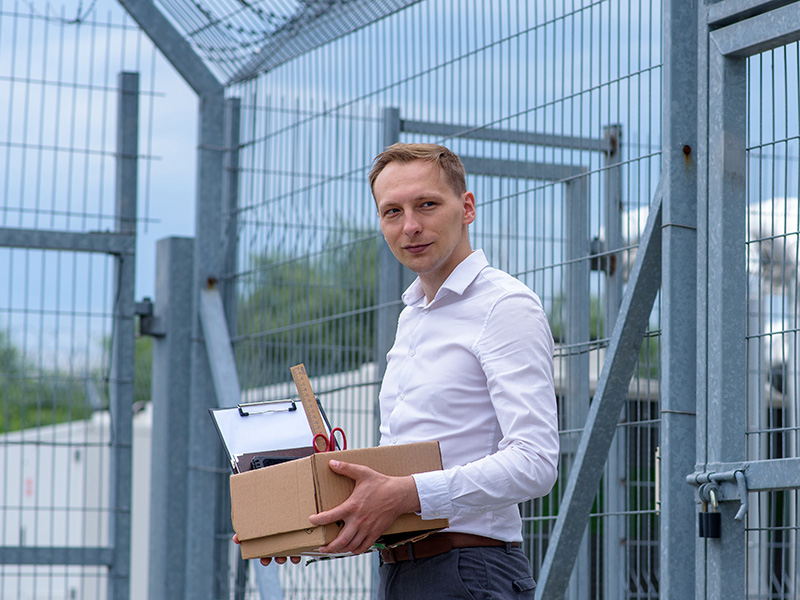I recently had the pleasure of hosting Donatos Pizza CIO Steven Graves on the Data Driven Leadership podcast. Although, the word “hosting” feels inadequate; Steven’s deep leadership experience with several Fortune 500 companies spanning 30 years made it feel more like a master class on the right way to transform businesses with technology.
Technology is the easy part of digital transformation
I was a little in awe when Steven shared a story from his career about launching a major retailer’s e-commerce site on a limited budget back in the day when e-commerce was still pretty new. It’s staggering to imagine being part of the e-commerce revolution for the world.
“The technology is always the easiest piece,” Steven said. “And so I always look at the people side of it. How do you get everyone in the organization aligned to a new way of doing commerce?”
But before aligning the organization, they spent time finding out what their customers wanted. They did surveys with A-list customers and recognized a lot of pent-up demand. So when they opened the site for business, the consumers were waiting for them. The site did over $120 million the first year live.
Did you hear that? The first thing they did wasn’t to take action. It was to listen to their customers. Interesting…
How to approach customer-centric change
Another bit of wisdom Steven shared is about how to discern what matters when approaching customer-centric changes. Most important is knowing where your customers are and what they want. Never assume it; ask and listen. If you don’t know how to do that, look into Cx programs, and how to create a Listening Architecture in your company.
He says to always keep in mind that technology enables the business. Even when you love the technology, you’ve got to continually ask if it’s really serving the business. Is it financially feasible? Financially responsible? You don’t want to be the one who’s so enamored of the technology that the direction you’re moving in doesn’t make any business sense. Reality checks will keep your decision-making on track.
Coping with stress and anxiety
When I learned in this conversation that Steven wasn’t always the breezy, calm leader he is today, I really listened to what he said about that.
“I used to run around on ten, and you just realize, you know what? You’re either going to have high blood pressure or you’re going to have a stroke,” he said. “You have to learn to pace yourself.”
It doesn’t help you or others if you’re short of breath and having chest pains while you’re trying to do a great job. It means you can’t do that work as long as you thought you could. So how do you adjust? By keeping things in perspective, and taking a moment when challenges arise to understand and assess risk. Not all risks are equal. One of your communication channels going down for a couple of minutes is not a life or death risk, and shouldn’t be assessed as one.
Hear more valuable insights from Steven by listening to the
Share:
About the Author

Jess Carter
VP, Client Experience and Delivery Operations @ Resultant
A strategic powerhouse and highly empathetic collaborator, Jess Carter delivers large-scale technology modernization and portfolio management by translating complex problems into...
Read More






